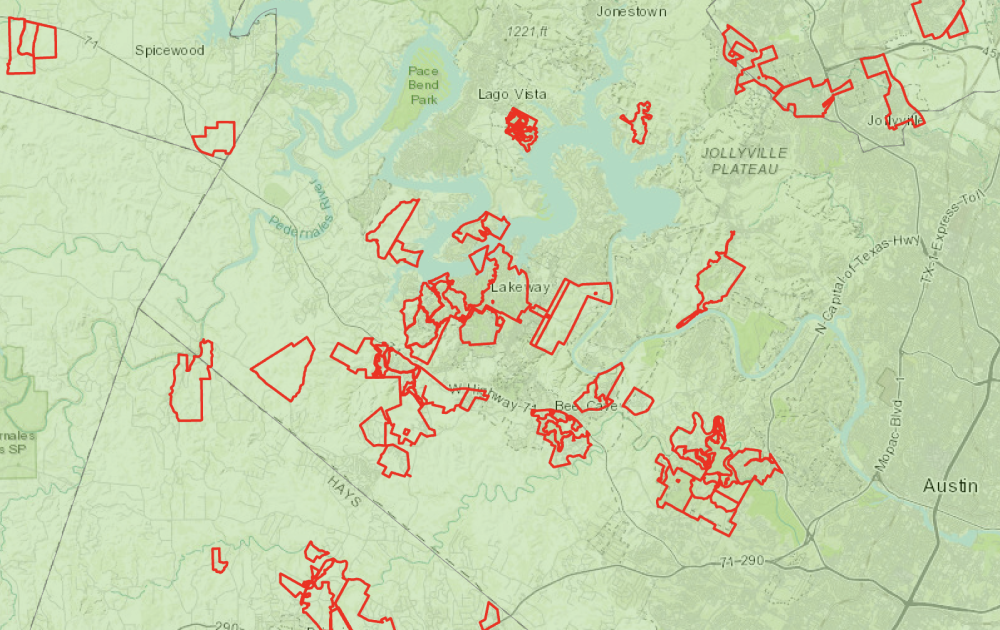Here is a guide detailing which entities regulate water usage in the western Travis County area.
Statewide authorities
The Texas Commission on Environmental Quality provides regulatory oversight on matters related to natural resources and water for the entire state of Texas.
The agency has a central office, located in Austin, and 16 regional offices around the state.
Local authorities
“[The TCEQ] has authority over surface water, so lakes and streams. And the [Southwestern Travis County] Groundwater Conservation District has the authority to permit, regulate [and] manage groundwater within our jurisdiction,” said Richard Scadden, Southwestern Travis County Groundwater Conservation District director for the city of Bee Cave.
While TCEQ is statewide, the SWTCGCD is just one small entity in Travis County. Across Texas there are over 100 groundwater conservation districts that manage their own region’s groundwater, Scadden said.
In Texas, water can be purchased either from a groundwater entity or a surface water entity.
“It’s a strange setup because groundwater and surface water interact,” Scadden said. “The easy example of that is Barton Creek, where water in the creek goes underground at times, [then] it comes back up. It finds its way to Barton Springs where there's spring flow. Groundwater and surface water in many cases are interacting, but we have the strange setup in Texas where it's regulated separately.”
Though the groundwater district coordinates with TCEQ, they are managed more closely by the Texas Water Development Board, who oversee all groundwater conservation districts, Scadden said.
Any entity seeking a permit to draw surface water from bodies of water such as from Lake Travis or Lake Austin, would need to go through the Lower Colorado River Authority.
The Lower Colorado River Authority, or LCRA, is responsible for water flowing in and out of the Colorado River system, Scadden said. The Highlands Lakes are a part of this larger system.
Water customers
“[The LCRA] sells water to what we call firm water customers. Those are water system operators and cities that operate their own water systems,” said Jason Homan, general manager of Travis County Water Control and Improvement District No. 17. “[WCID No. 17 is] a firm water customer, the West Travis County PUA, they're also a firm water customer just like us.”
WCID No. 17 purchases and provides water service for the ZIP codes of 78732, 78734, and 78738.
Outside of WCID No. 17, other firm water customers in the region may include municipal utility districts—districts typically formed around cities to provide water service to customers within certain boundaries. These can either belong to Travis County or individual cities, such as Lakeway MUD.
For residents of the Lake Travis region, home water usage will be regulated by these smaller entities, like water improvement districts or county or city MUDs.






